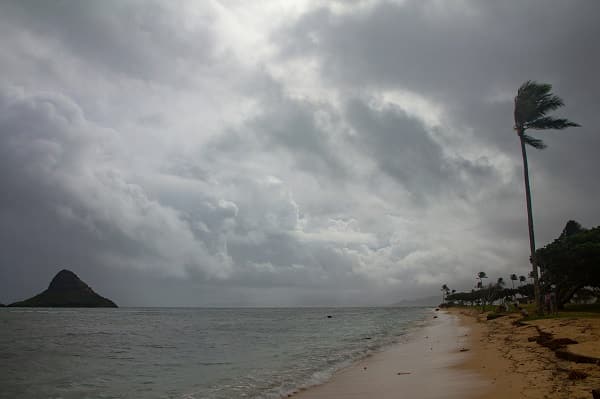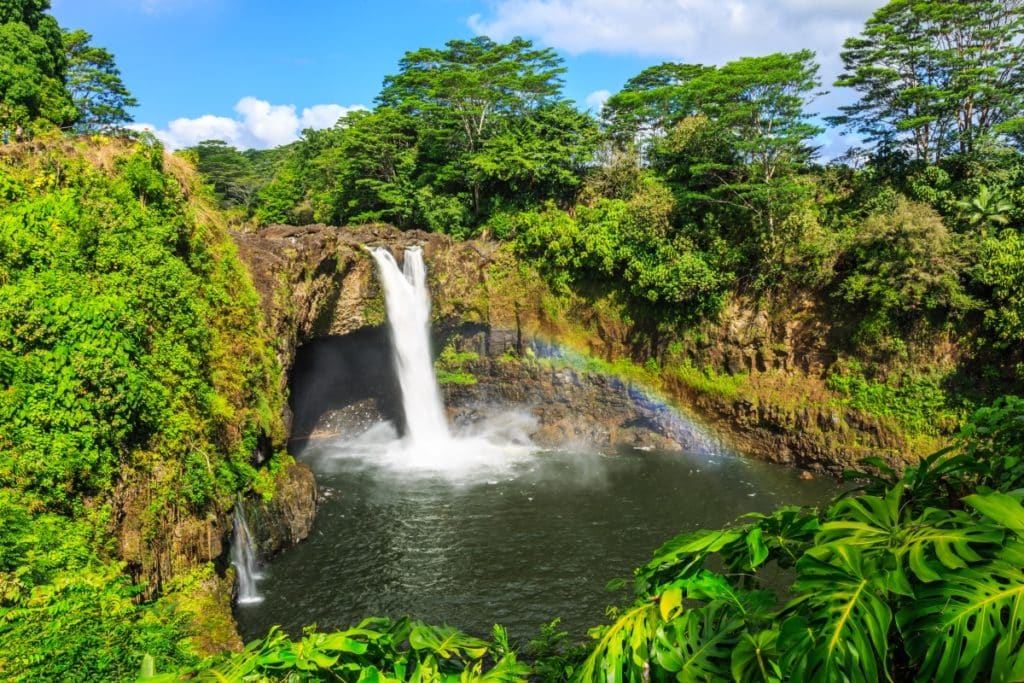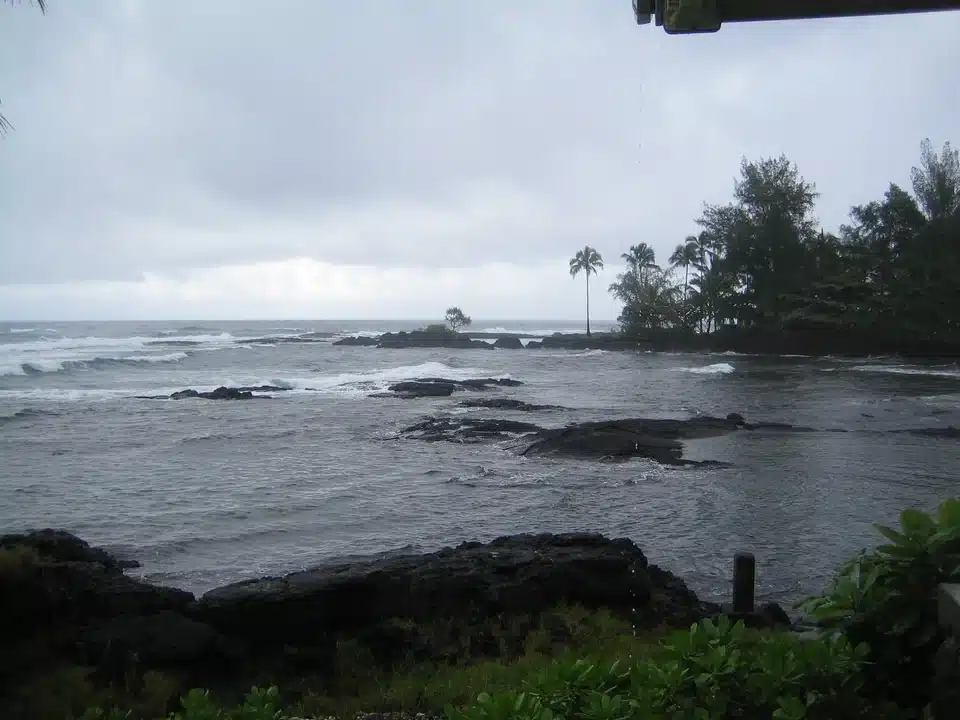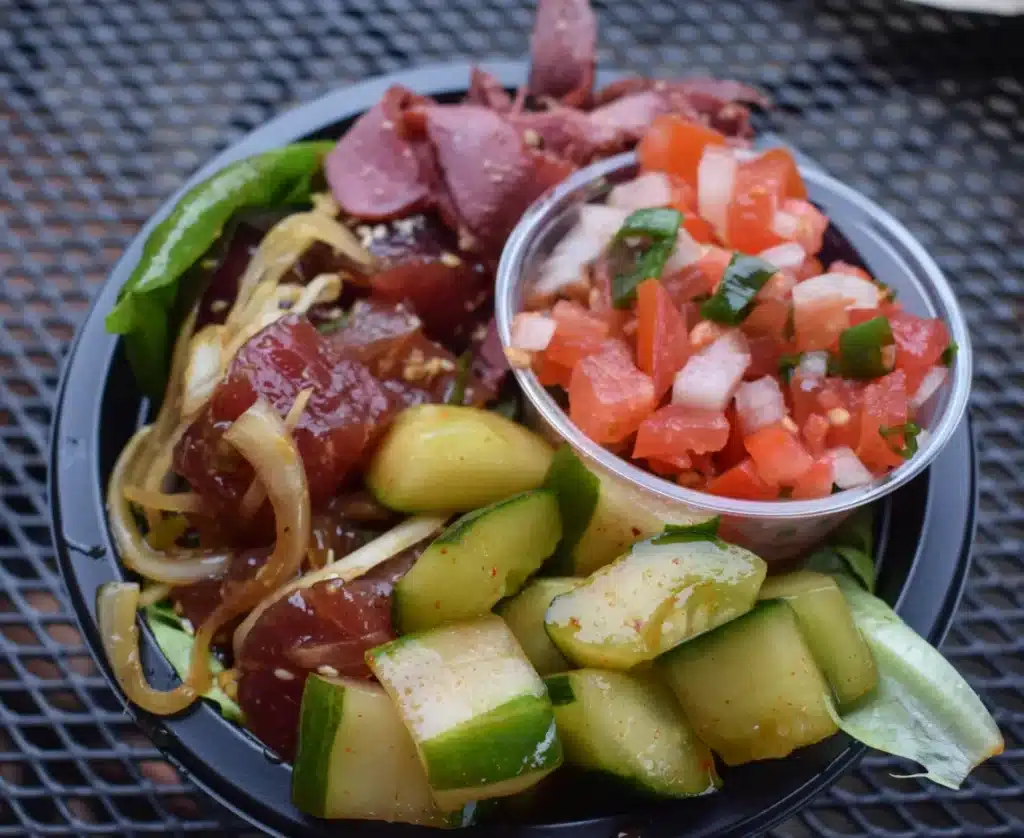Hawaii, a tropical paradise known for its idyllic beaches, lush vegetation, and vibrant culture, is also a land of diverse weather patterns. Each of its islands boasts unique microclimates, resulting in various landscapes and experiences for locals and tourists alike. But one city stands out among the rest for its abundant rainfall – Hillo. Tucked away on the eastern shore of the Big Island, Hilo holds the title of the rainiest city in the entire Hawaiian archipelago. This article aims to take you on a journey to explore the profound influence this constant rainfall has on Hilo’s environment, lifestyle, architecture, gastronomy, and tourist attractions. Prepare to discover a city that dances in the rain.
Hawaii’s Weather Patterns

In the Hawaiian archipelago, the weather patterns can be strikingly varied, which owes to the islands’ diverse topography. The islands are subjected to the persistent Northeast trade winds, creating different weather conditions on the windward and leeward sides. Generally, the windward sides, facing the direction of the wind, receive more rainfall, leading to lush, green landscapes. In contrast, the leeward sides experience less rain, resulting in drier, sunnier climates.
A perfect example of this microclimatic diversity is the Big Island, home to Hilo. The Big Island harbors 11 of the world’s 13 climate zones despite being a single island. From snowy mountain peaks to black sand beaches and rainforests, the weather patterns on this island alone vary significantly. The varied weather conditions shape the islands’ ecosystem, lifestyle, and agricultural practices.
Hilo: The Rainiest City In Hawaii

Hilo, sitting on the windward side of the Big Island, is exposed to the moisture-laden trade winds from the Pacific Ocean. These winds hit the mountainous terrain, causing the air to rise and cool, subsequently forming clouds and rainfall. This orographic lift phenomenon makes Hilo the recipient of over 130 inches of rain annually, effectively making it the rainiest city in Hawaii.
Although Hilo is well-known for its constant drizzle and heavier showers, the rain here isn’t typically the torrential downpour that hinders everyday life. Instead, the rain often comes in short bursts, interspersed with periods of sunshine. This rain rhythm gives Hilo its unique weather personality – a blend of sun and rain that shapes the city’s environment and lifestyle.
Weather Impact On Hilo’s Flora And Fauna

The constant rainfall in Hilo feeds its verdant landscapes, fostering an environment rich in flora and fauna. The area is home to rainforests filled with giant ferns, bamboo groves, and diverse flowering plants. Some unique plant species, such as the ohia lehua and the hapu’u fern, are well-adapted to the wet conditions, showcasing nature’s remarkable resilience and adaptability.
As for the fauna, Hilo’s rain-soaked environment sustains a vibrant ecosystem that houses numerous native and exotic species. The rainforest and streams serve as a habitat for birds like the Hawaiian Hawk or ‘Io, the official bird of the Big Island, and the Hawaiian Honeycreeper, famous for its curved beak. Endemic amphibians, such as the gold dust day gecko, are frequently spotted, making Hilo a living canvas of biodiversity.
Living In Hilo: Embracing The Rain

Life in Hilo is characterized by a unique rhythm, a dance between residents, and the recurring rain. While high rainfall could be seen as a challenge in many places, the people of Hilo embrace it as an integral part of their daily lives. The rain becomes the backdrop against which life unfolds, from daily chores to community events. Residents are equipped with rain gear, and umbrellas are a common sight on Hilo streets. But it’s not all about adapting to the weather; the rain has also influenced local customs and traditions, creating a rain culture unique to Hilo.
Hilo’s rainfall has shaped the community’s resilience and spirit in many ways. There’s a local saying in Hilo, “No rain, no rainbows,” signifying the local’s positive outlook toward life’s challenges. Stories and anecdotes from locals reveal a fond acceptance of their rainy weather, often referring to it as “liquid sunshine”. Rain in Hilo isn’t a reason to stay indoors; rather, it’s an invitation to step out and experience the world from a refreshing perspective.
The Influence Of Rain On Hilo’s Architecture

A city as rainy as Hilo demands special architectural considerations, and indeed, you can see the influence of weather on its buildings. From steeply sloped roofs for efficient rainwater drainage to extended overhangs for walkway protection, Hilo’s architecture is a testament to the city’s adaptation to weather conditions. Many homes in Hilo are built on stilts to prevent flood damage and allow cool air to circulate beneath the houses.
Innovation goes beyond home design; the city boasts impressive rainwater harvesting systems. Catchment systems are widespread in Hilo, where rainwater is collected, stored, and utilized for various household needs. Some of Hilo’s iconic structures, including its schools and commercial buildings, showcase this blend of aesthetics and functionality in their designs. These buildings do not just withstand the rain; they work with it.
Hilo’s Rain-Induced Gastronomy

The gastronomic scene in Hilo is as vibrant as its weather, and it’s no surprise that the constant rainfall plays a role in shaping it. The fertile soils, nurtured by the frequent rain, support a rich array of crops, from tropical fruits like papayas and lychees to unique vegetables. Taro, a staple in Hawaiian cuisine, thrives in the waterlogged fields, shaping a significant portion of the local diet.
The local cuisine showcases the island’s abundant produce, with dishes featuring fresh fruits, vegetables, and seafood. A popular local dish is the traditional Hawaiian Poi, made from taro root. Moreover, the farmers’ markets in Hilo are a delight for any food lover, where the bounty of the land, nurtured by the rain, is on full display. Thus, the weather indirectly influences Hilo’s culinary culture, fostering gastronomy that is both diverse and deeply connected to the land.
Rainy Day Activities In Hilo

Hilo has no shortage of activities to enjoy, even when it’s raining. The city offers many unique attractions that can be experienced irrespective of the weather. The Imiloa Astronomy Center’s planetarium and indigenous Hawaiian culture exhibits make for a perfect indoor exploration. Similarly, the Pacific Tsunami Museum offers insightful history lessons about tsunamis in the Pacific.
For those who don’t mind a little drizzle, a walk in the Liliuokalani Gardens offers beautiful views of the city’s Japanese-inspired landscaping, which only gets more enchanting under the rain. Hiking in the rainforests, visiting the stunning Rainbow Falls, or exploring the volcanic landscapes of the Hawaii Volcanoes National Park, Hilo presents an array of activities that become uniquely memorable under the constant pattern of raindrops.
The Bottom Line
Through the exploration of Hilo, it’s evident how the rainiest city in Hawaii offers a unique blend of culture, lifestyle, and natural beauty shaped largely by its rainfall. The city shows us that rain, often viewed as an inconvenience, can be an integral part of life and an influencer of culture, cuisine, architecture, and local biodiversity. For the residents of Hilo, the constant drizzle and heavy showers are not mere weather patterns but a way of life that fosters resilience and unity. Thus, Hilo invites its visitors to explore a city and experience a way of life that embraces and rejoices in the rain. In Hilo, the rain doesn’t dampen the spirit; it nurtures life, vividly depicting nature’s generosity. Whether you’re a first-time visitor or a returning traveler, Hilo is a place that compels you to look beyond the raindrops and witness the rainbows they bring.
